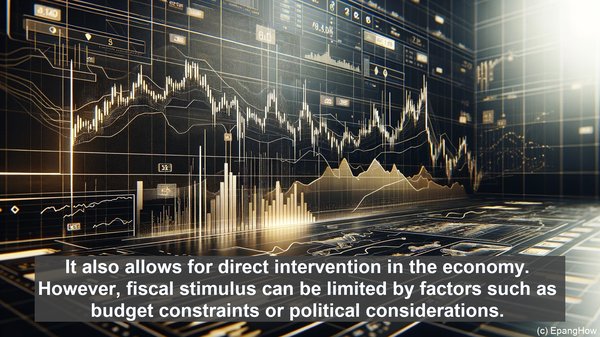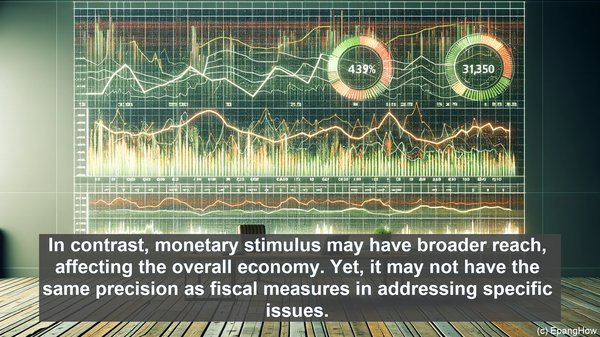Introduction: The Need for Economic Stimulus
Hello everyone! In times of economic downturn or stagnation, governments and central banks often employ various measures to boost economic activity. Two such measures are fiscal stimulus and monetary stimulus. While they share the goal of stimulating the economy, their approaches and effects differ significantly.

Fiscal Stimulus: The Government’s Role
Fiscal stimulus primarily involves the government’s actions to increase spending or reduce taxes. The idea is simple: when the government spends more or cuts taxes, it puts more money in people’s hands, encouraging them to spend. This increased spending, in turn, drives demand for goods and services, leading to economic growth. Examples of fiscal stimulus include infrastructure projects, tax rebates, and welfare programs.
Monetary Stimulus: The Central Bank’s Intervention
On the other hand, monetary stimulus relies on the central bank’s actions, particularly in relation to interest rates and the money supply. When the central bank wants to stimulate the economy, it can lower interest rates. Lower rates make borrowing cheaper, encouraging businesses and individuals to take loans for investments or purchases. This increased borrowing and spending, again, leads to economic activity. Additionally, the central bank can also increase the money supply, making more funds available for lending and spending.

Impacts: Short-term vs Long-term
One key distinction between fiscal and monetary stimulus lies in their timeframes and impacts. Fiscal stimulus measures often have more immediate effects. For instance, a government infrastructure project can create jobs and boost local businesses almost immediately. Monetary stimulus, on the other hand, may take longer to show results. It can take time for businesses and individuals to respond to lower interest rates and make investment decisions.
Flexibility and Limitations
Fiscal stimulus offers a certain degree of flexibility. Governments can choose where and how to allocate funds, targeting specific sectors or regions. It also allows for direct intervention in the economy. However, fiscal stimulus can be limited by factors such as budget constraints or political considerations. In contrast, monetary stimulus may have broader reach, affecting the overall economy. Yet, it may not have the same precision as fiscal measures in addressing specific issues.
